• New national restrictions apply from 5 November, please consult government advice before planning to travel
A few decades ago, all that most people knew about Swedish design was what they saw in the Ikea catalogue. Over the past 20 years, however, a new passion for all things Nordic has taken hold, a Scandi-mania for everything from stylish technical wear to literature and TV, and, most of all, for interior design – with its pared-back cosiness, low lighting and quality artisan furniture.
Yet design-lovers visiting Sweden will soon discover that when it comes to buildings, it’s not just what’s on the inside that counts. The country has an incredible variety of architecture to get excited about, whether you’re into brutalism, postmodernism or simply long to find an idyllic little cabin in the wild.
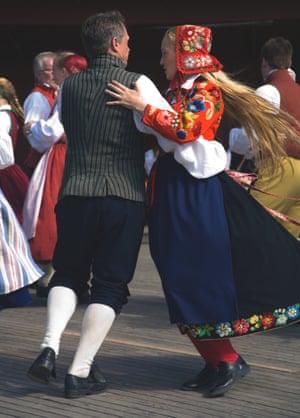
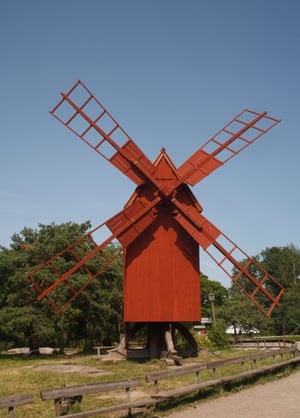
So where should travellers make a beeline for first? To explore Sweden’s architectural evolution, Skansen in Stockholm, is a great place to start. Said to be the world’s oldest open-air museum, it is dedicated to folk history and architecture, and has a collection of immaculately preserved homesteads, farms and workshops – from a traditional wooden windmill to a grand 18th-century Swedish rococo manor – that visitors can wander around. One of its properties is typical of the red farmhouses of the eastern region of Hälsingland, adorned with elaborately painted and stencil-patterned walls, beautiful textiles and folk art, and considered the pinnacle of regional timber building. In Hälsingland itself, seven lavish decorated farmhouses of Hälsingland are Unesco world heritage sites, with several open to visitors and the others shown by appointment.
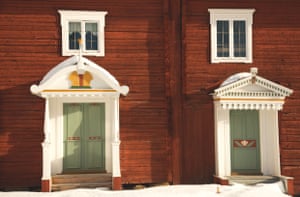
Wonderful old buildings are everywhere, and Kiruna Church, in the country’s northernmost town, is one of the most treasured – and among Sweden’s biggest wooden buildings. Constructed in 1912, the gothic revival structure has the shape of a goati, the traditional hut-like home of the indigenous Sámi people who inhabit this region of Swedish Lapland. Due to the expansion of the iron ore mine around which the town was built (and is gradually sinking into), the church, along with the entire town, is in the process of being relocated a few miles away.
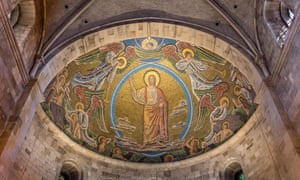
More majestic are Stockholm Cathedral, a yellow gothic beauty, Lund Cathedral, built in the Nordic romanesque style with a vast crypt and square towers and, on the Göta Canal between Gothenburg and Stockholm, the spectacular Vadstena Castle, a triumph of the Renaissance. Another place not to be missed is medieval Läckö Castle on Lake Vänern north of Lidköping, which was transformed into the baroque style in the 17th century. Near Stockholm, Drottningholm Palace is aptly dubbed the Versailles of the north for its grandeur, while in Mariefred, Gripsholm Castle is a fairytale concoction of pink-red towers, and home to one of the world’s oldest portrait galleries.
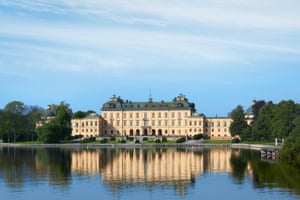
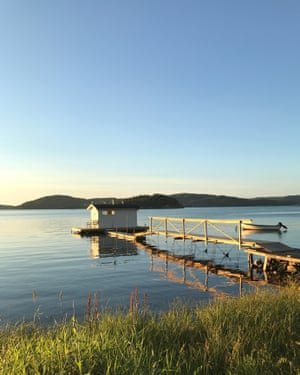
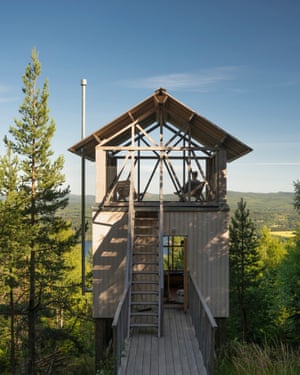
Often, though, it is the more humble buildings that are Sweden’s most appealing: colourful timber cabins, summerhouses and folksy cottages. It’s a lovely experience to stay in one of these, and there are thousands to choose from. Vallen Remote Hotel, a farmer’s cabin with wood-fired sauna, was opened last year by a linen producer near Rengsjö in Hälsingland; while in Bohuslän, Anfasteröd Gårdsvik features renovated old red cottages by the sea, a wood-fired floating sauna-raft, plus contemporary new bathers’ cottages in Victorian style. The perfect base to enjoy hiking in the surrounding forests.
One 19th-century timber cottage that must be seen is that which belonged to an influential watercolour artist, Carl Larsson and his wife, Karin, whose light interior colour combinations – the kind of clashing reds and greens that are fashionable today – had a huge impact on Swedish design. It’s now a wonderful museum, the Carl Larsson Garden in Sundborn. Also typical of the era is the wood-panelled Ribersborgs Kallbadhus in Malmö, a community hangout keeping alive the cultural tradition of sauna, sea bathing and ice swimming.
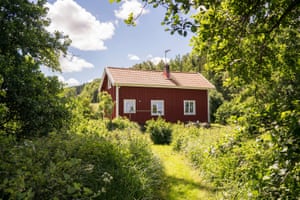


These days cutting-edge architects are reinventing the traditional vernacular by creating stark new forms of sauna huts, wilderness cabins and summerhouses, in aluminium, black wood and glass. You’ll stumble across private ones in the countryside, and can stay in some, such as the Loft House, a minimalist cabin on stilts in the Asberget mountains, in Hälsingland. The minimalist red barns of the Vandalorum art museum near Värnamo, conceived by “starchitect” Renzo Piano, are another example of this new approach to design.
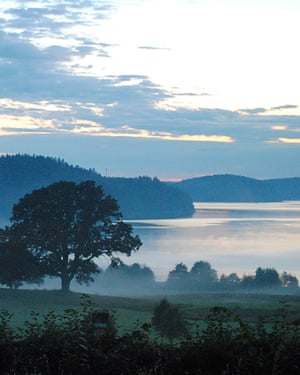
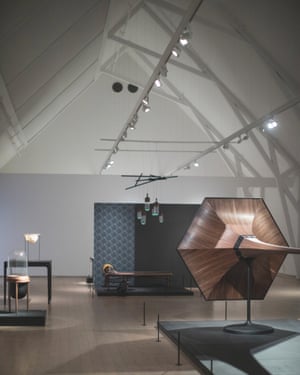
Architectural experimentation is nothing new; the many innovative periods of design in Sweden’s history have left a tremendous diversity of buildings to behold today. In the 1920s and 1930s, for example, Swedish functionalism saw a focus on practical, innovative living, connected to a new political concept dubbed folkhemmet – meaning “the people’s home”. This social democratic drive for equality entitled everyone to live in an attractive, functional home and is still at the heart of Swedish design today. Some of the social housing blocks built at that time can be seen around Stockholm’s Kungsholmen neighbourhood.
After a period of Swedish modernism, known as Swedish grace, typified by elegant craftsmanship, the utilitarian concrete brutalist architecture of the 1950s and 1960s emerged. In fact the term “brutalism” is believed to have been coined in Sweden by the architect Hans Apslund, describing – somewhat negatively – a house built in 1950 in Uppsala, and named Villa Göth after the man who commissioned it.
Another brutalist landmark is a cute-yet-stark concrete flower sellers’ kiosk at Malmö’s cemetery entrance. Strangely perhaps, that’s not the only architecturally significant graveyard. Stockholm’s Skogskyrkogården (the Woodland Cemetery), a Unesco world heritage site that celebrates its 100th anniversary this year, was the result of an international architecture competition, and is renowned for its landscaping.

The 1970s brought a more playful, maximalist postmodern era, whose most important proponent was British-born Ralph Erskine. He designed what is believed to be Europe’s first indoor shopping centre in Luleå, with the aim of moving city life indoors during the -40C winters, and he was also behind the skiers’ Borgafjäll Hotel, in Lapland, which featured long sloping roofs, one of which guests could ski down.
A melange of historical and recent styles – from expressionism to neofuturism – have fed into the innovative present day architecture of Sweden. Leading examples include the circular titanium Angström Building at Linköping University, which houses an electron microscope, and Malmö’s mind-boggling Emporia shopping mall, designed by Sweden’s leading contemporary architect Gert Wingårdh to have a huge teardrop-shaped chasm in the middle of its golden glass facade.
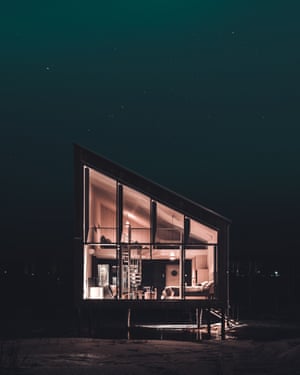
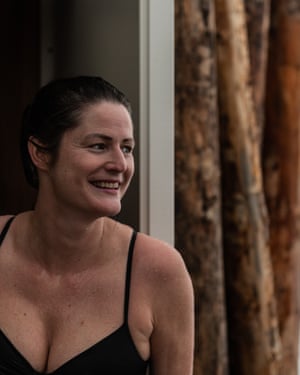
So what’s next for Swedish architecture? Visitors can learn more about new trends at ArkDes, Stockholm’s national centre for architecture and design, but when looking at the most hyped buildings of recent years there’s a common theme – a return to the natural.
From the Siberian larch facade of the Bildmuseet art museum, in Umeå, to the much-lauded Arctic Bath hotel, in Lapland, whose floating sauna on the Luleå River is covered in crisscrossing logs, it’s clear natural materials, sustainable ways of building, and a symbiosis between the environment and our increasingly hi-tech lives, have come to the fore of current thinking.
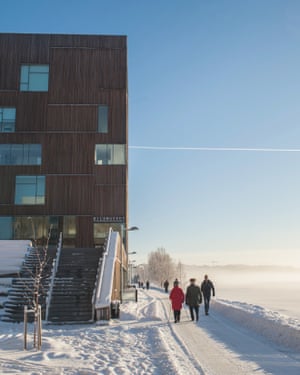
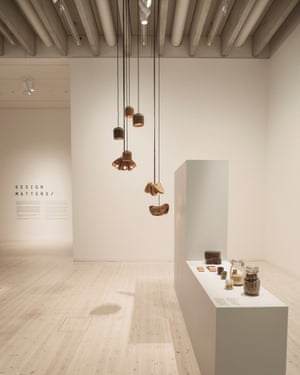

The nine-storey Kajstaden Tall Timber Building in Västerås, one of Sweden’s tallest in solid wood, is hoped by its creators to become a benchmark for sustainable architecture. This ambitious project shows that integration between nature and modernity isn’t just about placing futuristic design in rural settings any more, it’s about the buildings themselves – and the statement they make, wherever they are situated.
And then, hard on its heels comes the Sara Cultural Centre in Skellefteå, near the Arctic Circle – another project using advances in engineering to push the boundaries of what is possible in timber construction. At 20 storeys high, the centre is expected to be the world’s tallest wooden building when it opens in 2021. Designed by architect Oskar Norelius, this futuristic structure will house a theatre, art gallery, museum and the city library. There will be a hotel and a restaurant, too, both of which will have panoramic city views. An important part of the project was that it would have a low environmental impact, thanks to the renewable nature of wood. Additionally, its green roof will contribute to thermal insulation and enhance biodiversity.
Wherever Sweden goes next on its architectural odyssey, it is sure to be worth making a return trip to see.
Welcome to Sweden when the time is right
To discover more about architecture and design in Sweden, head to Visit Sweden were you’ll find even more places you won’t want to miss.
Get advice about travelling to Sweden, including the latest information on Covid-19 restrictions at www.gov.uk/foreign-travel-advice/sweden






